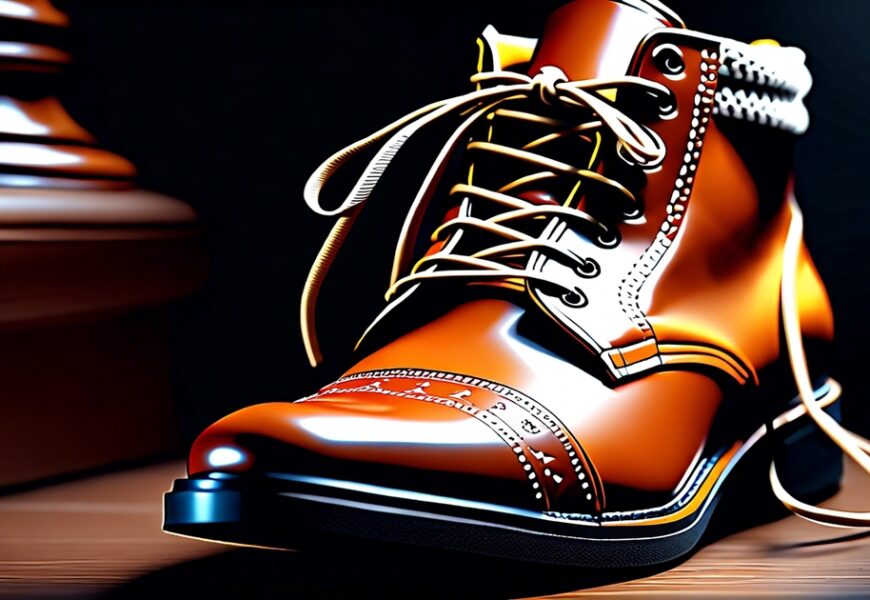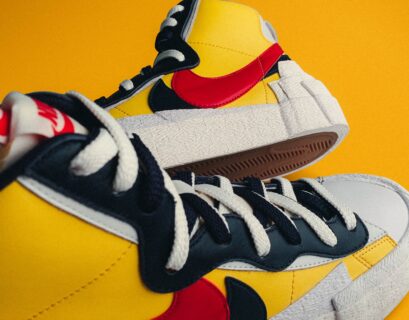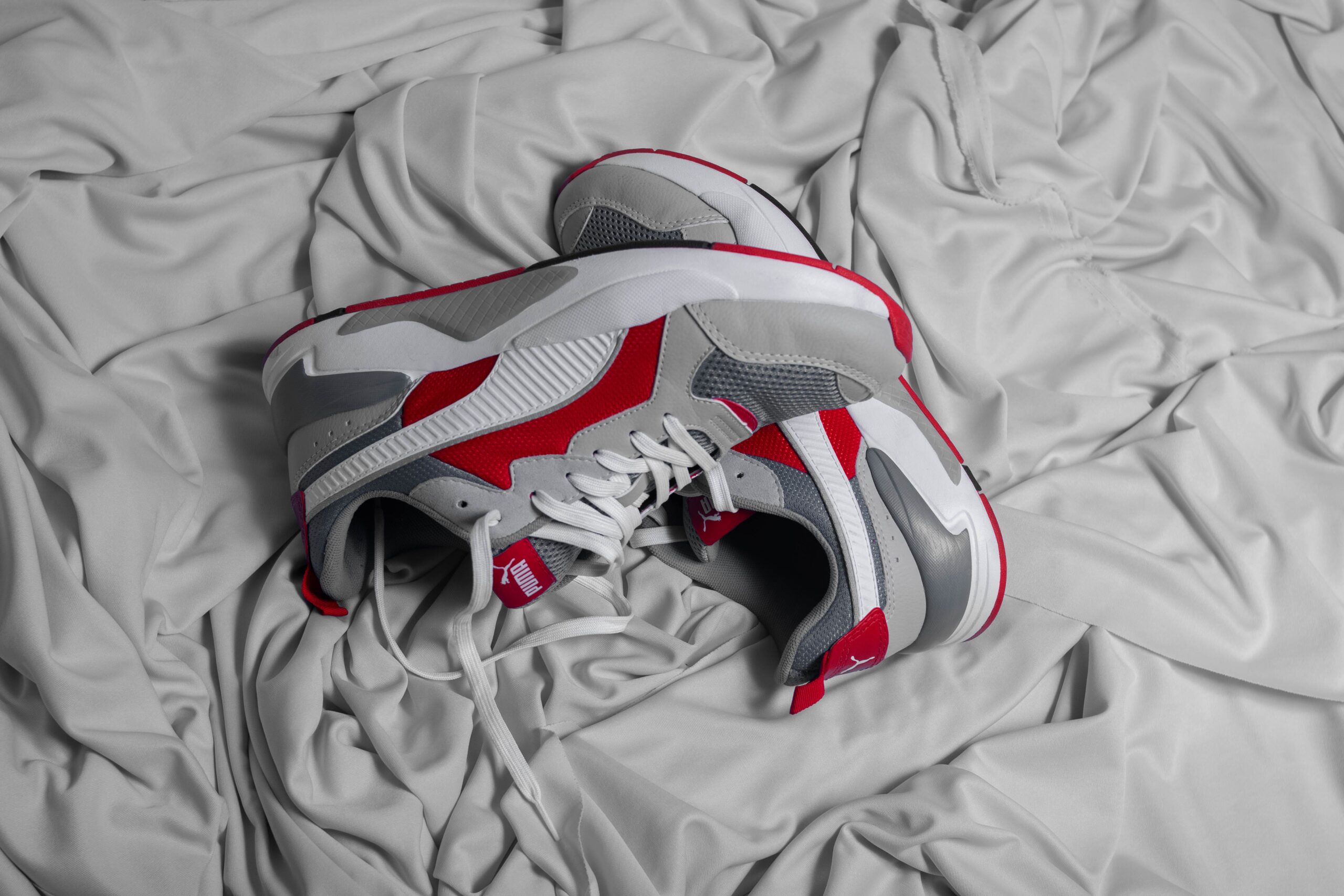Shoe Lacing Methods: Exploring Techniques for Comfort and Fit
There are lots of different ways to tie your shoes, and it can change how comfy they feel and how well they work. I’ve been looking into all the different **shoe lacing methods**, trying out all kinds of ways to find the best ones for different activities and different kinds of feet. From really old methods that people have been using for hundreds of years to new ideas, learning about different lacing methods, like cross-lacing, can help you make your shoes work better for you.
Pricetodays Exploring this topic will reveal different ways boots tie, each designed to address specific needs or fashion preferences. Whether you’re an athlete seeking optimal support, someone with wide feet looking for relief from pressure points, or simply want to add a personal touch to your favorite pair of kicks, mastering these techniques can revolutionize your footwear experience.
Understanding Shoe Lacing Methods
Foot Types Overview
Understanding how to pass the lace through each hole is essential for catering to different foot types. Each foot type requires specific lacing techniques, as the anatomy of the foot influences comfort and performance. For instance, individuals with high arches may benefit from using the “window” technique to relieve pressure on the top of their feet. On the other hand, those with wide feet might find relief in using parallel lacing to accommodate their wider forefoot.
Different foot types require tailored approaches to ensure optimal comfort and support. By recognizing these variations in foot anatomy and the number of holes, one can select an appropriate lacing method that aligns with their specific needs. This knowledge empowers individuals to address fit issues related to their unique foot shapes.
Lacing Goals
The primary goal of employing various shoe lacing methods is to address specific fit issues and enhance overall comfort by adjusting the hole configuration. Whether it’s relieving pressure points or reducing friction and discomfort, different techniques cater to diverse needs. For example, runners experiencing heel slippage might benefit from utilizing a “runner’s loop” at the top eyelets for added security around the ankle area.
By understanding these goals, individuals can make informed decisions about which lacing method best suits their requirements based on factors such as foot width, instep height, or hole.
why shoelaces come untied
Personal Information: I have personally found that understanding my own foot type and the shoe lacing methods has helped me choose suitable methods that alleviate discomfort during long walks or runs.
Comfort Enhancement
Proper shoe lacing methods, including utilizing every hole, play a crucial role in alleviating pressure points and enhancing overall comfort. By strategically adjusting lace tension or utilizing specific patterns like “loop lock,” individuals can reduce friction and prevent painful rubbing against sensitive areas of the feet. Enhanced comfort through strategic shoe lacing promotes better circulation while preventing blisters and hotspots during extended periods of wear.
Customizing shoelace patterns based on individual preferences ensures that each person experiences maximum comfort while wearing shoes tailored specifically for them.
Addressing Common Shoe Fit Issues
Heel Slippage
Are you tired of your heels slipping in your shoes? Try the lace lock method to prevent this issue. By creating a loop with the laces at the top two eyelets and crossing them over, you can secure your heel in place. This technique not only enhances stability but also minimizes friction, preventing blisters during movement. Adjusting the tension on specific areas using different lacing patterns can provide a customized fit for your foot shape.
One helpful personal tip is to ensure that you don’t overtighten the laces when using these methods. It’s important to find a balance between securing the heel and maintaining comfort.
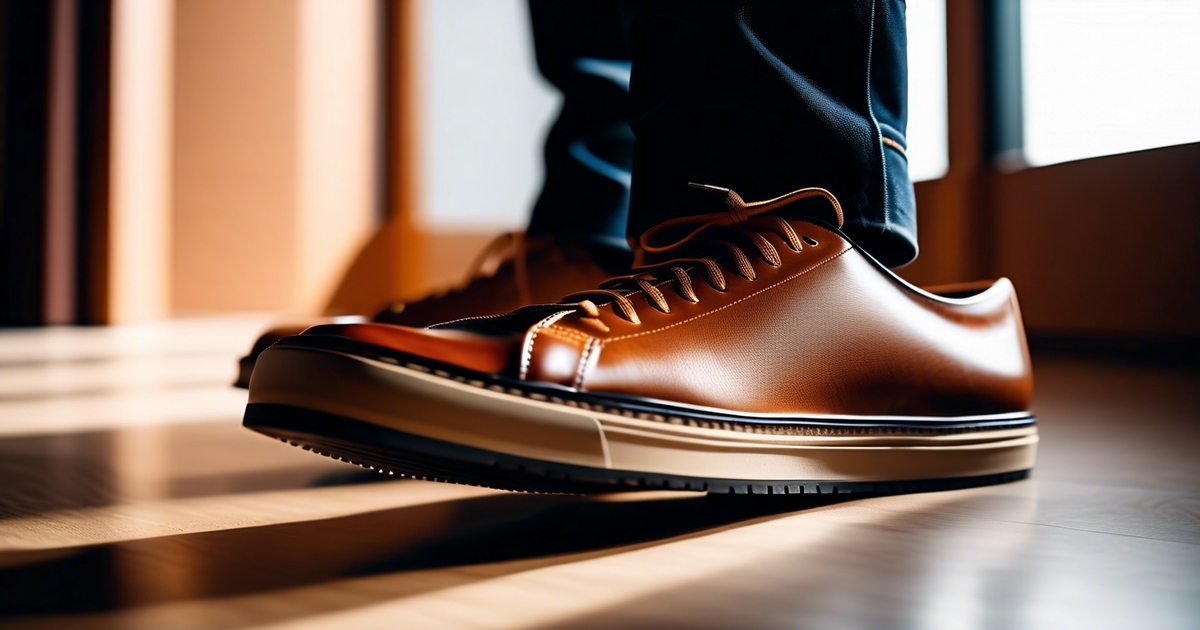
Tight Shoes
If you often experience discomfort from tight shoes, there are specific lacing patterns that can alleviate this issue. For instance, utilizing the “window” or “guitar” lacing techniques creates more room around the instep area, relieving pressure and tightness. Adjusting these patterns accordingly based on individual needs provides a tailored solution for overly tight shoes.
I’ve found that experimenting with various lacing methods has helped me discover which pattern works best for my feet when dealing with tightness in certain shoe styles.
Toe Pain
To relieve pressure on your toes and reduce pain caused by constriction, consider implementing lacing methods such as skipping eyelets around sensitive areas or using parallel lacing near the toes. These techniques help distribute pressure more evenly across the foot while promoting better foot health overall.
In my experience, I’ve noticed significant relief from toe pain after applying these strategic lacing methods to my footwear.
Lacing Techniques for Comfort and Fit
High Arches
Lacing techniques can significantly impact the comfort and support of shoes, especially for individuals with high arches. By using specific lacing methods, it’s possible to provide essential support to the natural arch of the foot, enhancing overall comfort. Properly laced shoes are instrumental in reducing strain on high arches, making each step more comfortable and supportive.
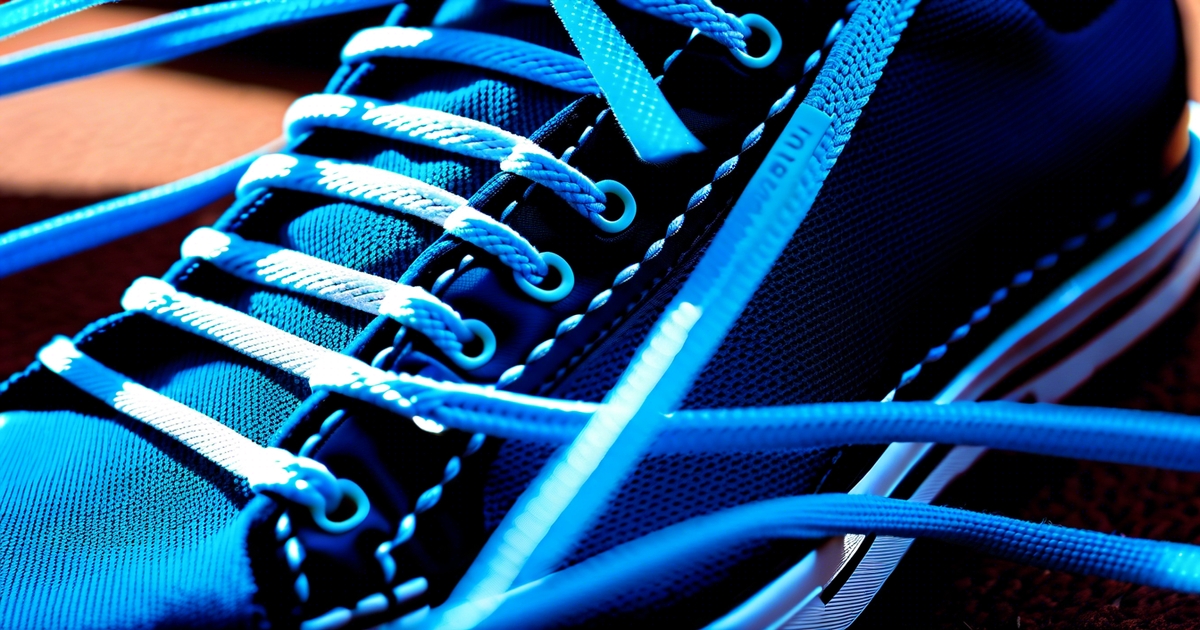
For instance, utilizing a “window lacing” technique where the shoelaces skip eyelets over the highest part of the foot can alleviate pressure on high arches. This method allows for a looser fit around this sensitive area while maintaining a secure hold across other parts of the shoe. Incorporating extra eyelets near the ankle helps distribute pressure evenly throughout the entire foot, preventing discomfort often experienced by individuals with high arches.
In my experience as a podiatrist, I have found that recommending these tailored lacing techniques has made a significant difference in my patients’ comfort levels when wearing shoes. The right lacing method can truly transform how someone feels in their footwear!
Wide Forefoot
Individuals with wide forefeet often struggle to find comfortable footwear due to pressure and pinching caused by standard lacing methods. However, customized lacing offers an effective solution by alleviating pressure on this specific area of the foot. For example, employing a “straight bar lace“ creates parallel lines across the width of wide forefoot areas without causing excessive compression or discomfort.
Another useful technique is known as “heel lock lacing,” which prevents excess movement within wide shoes by providing additional stability around both sides of the heel area. This not only secures proper fitting but also reduces rubbing or chafing commonly experienced by those with wider feet.
When helping clients at my shoe store find suitable options for their wide forefeet, I always emphasize how crucial it is to use these specialized lacing methods for maximum comfort and fit.
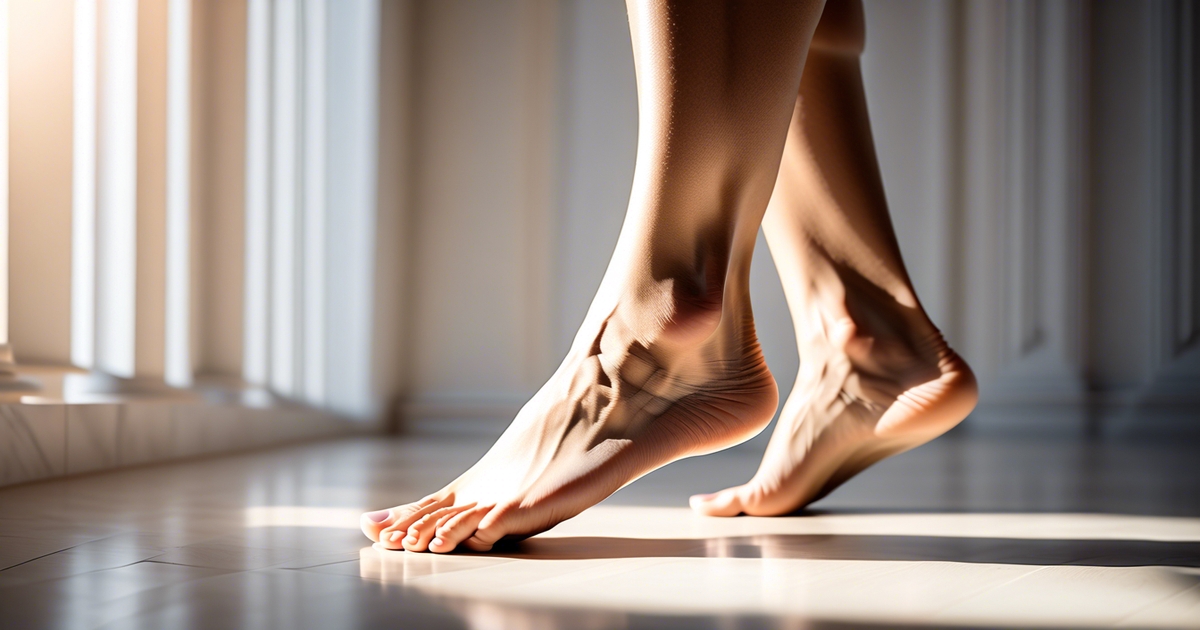
Narrow Feet
For individuals with narrow feet, finding properly fitting footwear can be quite challenging due to excess movement within standard-sized shoes. However,** specific lacing techniques** play an important role in securing stability and preventing unnecessary shifting inside narrow footwear.
One effective approach involves utilizing “criss-cross” patterns combined with additional horizontal wraps near the top eyelets to create a snugger fit along all areas of narrow feet without causing discomfort or constriction.
Custom Lacing Styles for Specific Needs
Overall Wide Feet – Specialized Lacing
For individuals with overall wide feet, finding comfortable footwear can be a challenge. However, specialized lacing techniques can cater to the unique needs of wide-footed individuals. By utilizing customized lacing patterns, such as the “Double Helix Lacing” with inside-out crossovers or adapting various methods for use with U-Lace no-tie laces, discomfort in wide shoes can be alleviated. These custom lacing styles ensure that each row is securely locked in place, providing proper and even tension across the entire foot.
Properly secured wide feet not only enhance stability but also contribute to overall comfort during daily activities. The tailored lacing patterns help distribute pressure evenly, reducing any pinching or tightness often experienced by those with wider feet. This results in a more secure fit that minimizes unnecessary movement within the shoe while maintaining flexibility and support where needed.
Moreover, by incorporating these specialized lacing techniques, individuals with overall wide feet can experience reduced slippage within their shoes and avoid potential injuries caused by ill-fitting footwear. For example, using a criss-cross pattern at specific areas of the shoe allows for targeted adjustments based on individual preferences and foot anatomy.
High Midfoot Support – Tailored Lacing Styles
Specific lacing styles play a crucial role in minimizing strain and fatigue. Whether it’s implementing variations of “Double Helix Lacing” or other adapted methods suitable for U-Lace no-tie laces, these tailored approaches provide an extra layer of support precisely where it’s needed most.
By securing the midfoot through customized shoe laces, individuals benefit from reduced movement within the shoe during lateral movements or sudden changes in direction. This ensures not only increased stability but also contributes to preventing potential injuries associated with inadequate midfoot support.
In addition to offering improved stability and comfort during athletic endeavors or extended periods on one’s feet, properly secured midfoot support enables individuals to maintain optimal posture throughout various activities.
Exploring Lacing Designs and Techniques
Aesthetic Variations
Different shoe lacing methods can significantly enhance the visual appeal of your footwear. By experimenting with various lace patterns, you can give your shoes a unique and personalized look. For instance, the “straight bar” lacing style creates a clean and symmetrical appearance suitable for formal occasions or professional settings. On the other hand, the “spider web” pattern adds an intricate and eye-catching touch to casual sneakers.
Customizing your shoe’s appearance with unique lace designs allows you to express your individuality through fashion. You can opt for vibrant-colored laces or even mix different colors to create a bold statement. For example, using neon green laces on black sneakers can add a pop of color and make a striking fashion statement.
Learning about creative ways to style your footwear using various lace patterns opens up endless possibilities for expressing yourself through fashion. Whether it’s creating geometric shapes with crisscrossing laces or incorporating decorative knots into your shoelace design, exploring different techniques enables you to showcase your style innovatively.
Performance Styles
Specific sports may require tailored shoe-lacing techniques based on performance needs. For instance, basketball players often use the “lockdown” method that provides extra ankle support during quick lateral movements on the court. This technique helps prevent injuries by securing the foot within the shoe while maintaining flexibility.
Tailoring your shoe’s fit to match your athletic activity is crucial for optimizing performance and preventing discomfort or injury during physical exertion. Learning specialized lace patterns designed for running shoes versus those intended for tennis or soccer cleats ensures that you receive adequate support tailored to each sport’s demands.
Optimizing performance and support through tailored shoe-lacing involves understanding how different techniques affect factors such as stability, agility, and comfort during movement-intensive activities like sprinting or jumping.
How to Lace for Different Activities
Running
The way you lace your shoes can significantly impact your performance and comfort. To secure your feet for optimal running, consider using the “Heel Lock” lacing technique. This method helps minimize foot fatigue and discomfort during runs by providing extra heel support.
Another specialized running shoe-lacing technique is the “Runner’s Loop.” It involves creating a loop on each side of the shoe’s tongue to relieve pressure on the top of your foot. By utilizing these techniques, you can ensure that your feet are well-supported and comfortable throughout your run.
I’ve found that using these specialized lacing methods has made a noticeable difference in my running experience, especially during longer distances or intense training sessions.
Hiking
Customizing your shoe-lace pattern for hiking can greatly improve comfort and support during outdoor adventures. One effective method is the “Window Lacing” technique, which allows you to adjust tightness in specific areas of the shoe, enhancing overall fit and reducing slippage.
For additional security during hikes, consider using specialized hiking shoelaces with enhanced durability and grip. These tailored laces are designed to withstand rugged terrains while keeping your feet securely in place throughout challenging hikes.
In my own hiking experiences, I’ve learned that proper shoe-lacing techniques are crucial for preventing blisters and maintaining stability on uneven trails.
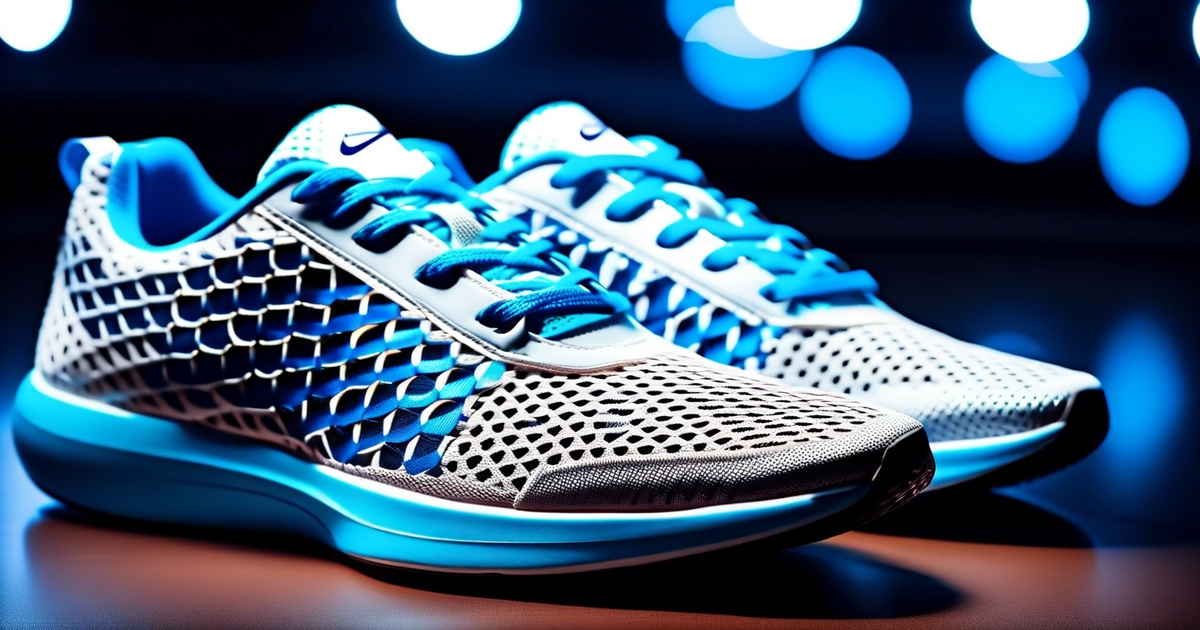
Sports
When engaging in various sports activities, it’s essential to tailor your shoe laces accordingly. Specialized sport-specific lacing techniques such as “Straight Bar Lacing” or “Lock Lacing” can help maximize stability and support based on the demands of each sport.
Different sports may require different levels of lateral support or flexibility from footwear; therefore, adjusting shoelaces according to these needs is vital for injury prevention and optimal performance. For example, basketball players might benefit from tighter ankle support provided by certain lacing patterns compared to runners who prioritize even pressure distribution across their entire foot.
In my experience playing multiple sports growing up, I discovered how small adjustments in shoelace patterns could make a significant difference in both comfort levels as well as overall performance.
Advanced Lacing Techniques
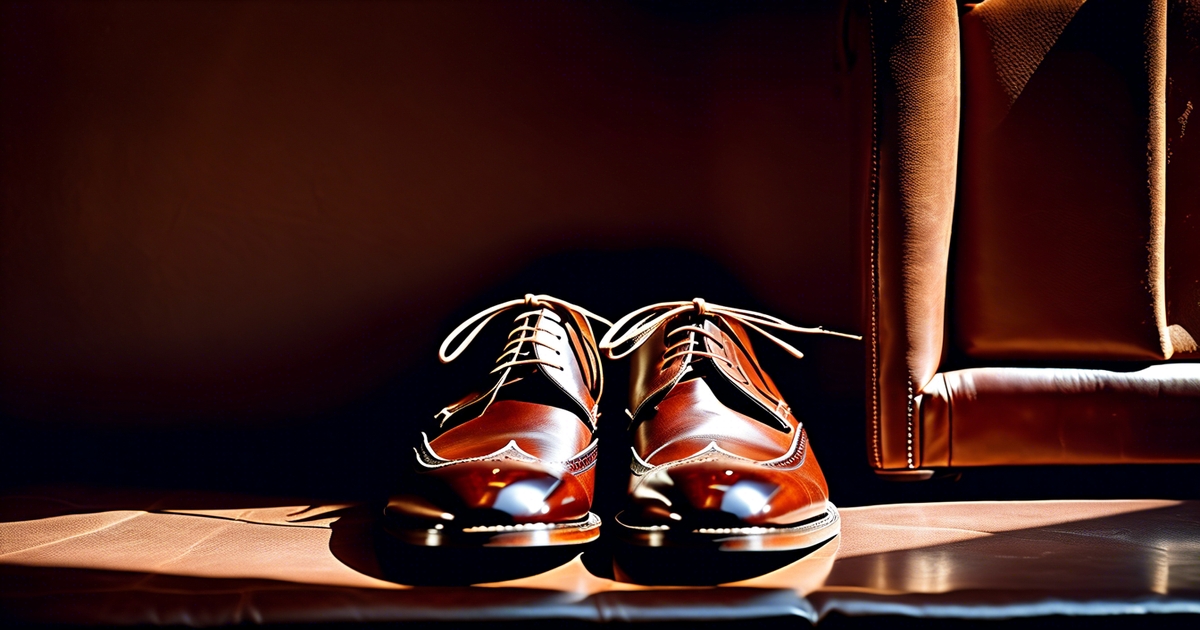
Lock Lacing
Lock lacing is a specialized technique that helps reduce slippage and minimizes heel movement during activities. This method enhances the overall fit of your shoes, providing a more secure feel. By incorporating lock lacing, you can ensure that your heels stay in place, especially during high-impact sports or rigorous physical activities. The process involves creating an additional loop near the top eyelets to “lock” the lace in place, offering extra support and stability for your feet.
One helpful tip when using lock lacing is to experiment with different tension levels to find what works best for you. I found that adjusting the tightness of the locked section can significantly impact how snugly my shoes fit around my ankles. It’s essential to customize this technique based on your comfort preferences and specific shoe design.
Another benefit of lock lacing is its ability to provide a personalized fit tailored to individual foot shapes and sizes. This method allows you to minimize any potential discomfort caused by loose-fitting shoes or pressure points along the foot.
Loop Lacing
Loop lacing offers a customizable way to adjust your shoe’s fit while minimizing pressure points and enhancing overall comfort. By creating loops instead of traditional straight lines, this method distributes pressure more evenly across the upper part of your foot, reducing potential pain or discomfort from tightly tied knots.
I’ve found loop lacing particularly useful for long-distance running as it reduces strain on the top of my feet while maintaining a secure fit throughout my run. Experimenting with various looping patterns has allowed me to fine-tune the tension across different areas of my shoes, making them feel tailor-made for my feet.
This technique also comes in handy if you have wider or narrower sections on your feet since it provides flexibility in adjusting how snugly each part is secured within the shoe.
Double Back Style
The double-back style offers enhanced stability by securing excess lace slack effectively. This method ensures that no loose ends are flapping around during physical activities which could potentially cause accidents or distractions. By doubling back through each set of eyelets before proceeding further up the shoe, this approach maintains consistent tension throughout all parts of your footwear. I’ve personally experienced improved overall fit when utilizing the double-back style with my athletic shoes; it provides peace of mind knowing that everything stays securely fastened without any unnecessary movement inside.
Choosing the Right Shoelaces
Material Considerations
Different materials may require specific lacing adjustments. For instance, leather shoes often benefit from a looser lace pattern to allow for more flexibility and comfort. On the other hand, canvas or athletic shoes might need a tighter and more secure lacing technique to provide ample support during physical activities.
It’s essential to understand how each type of material behaves with different lace patterns. For example, when applying the “Ian Knot” on leather shoes, you need to consider that leather tends to have less stretch compared to synthetic materials like nylon. This means that you may need longer laces for certain materials or adjust your tying method accordingly.
Maintaining Your Laced Shoes
Cleaning Tips
Proper cleaning is essential for preserving the integrity of your shoelaces. Regularly cleaning your laces not only keeps them looking fresh but also helps maintain their functionality over time. By removing dirt, grime, and stains from your shoelaces, you can prevent premature wear and tear.
Effective cleaning methods play a crucial role in ensuring the longevity of your shoelaces. For example, hand washing with mild soap and water or using a gentle shoe cleaner can help remove stubborn stains without damaging the material. Avoiding harsh chemicals or bleach when cleaning your laces is vital to prevent weakening or discoloration.
The cleanliness of your shoelaces directly impacts their longevity. When laces are regularly cleaned and well-maintained, they are less prone to fraying or breaking prematurely. This means that by incorporating proper cleaning practices into your shoe care routine, you can extend the lifespan of your favorite pair of shoes.
Lace Replacement
Knowing when it’s time to replace worn-out or damaged shoelaces is crucial for maintaining optimal comfort and support in your shoes. Over time, laces can become frayed, lose their elasticity, or even break due to regular use.
When considering lace replacement, it’s important to inspect the condition of your current laces regularly. If you notice significant fraying at the ends or visible signs of damage such as tears or cuts along the length of the lace, it may be time for a replacement.
Properly replacing old shoelaces involves selecting new ones that match both the style and length requirements of your shoes. Ensuring that new laces fit securely through the eyelets and provide adequate support is essential for preventing discomfort during wear.
Timely lace replacement contributes significantly to maintaining overall shoe functionality. Promptly replacing worn-out laces with new ones that meet quality standards ensures continued comfort while wearing shoes.
Final Remarks
Well, there you have it – a whole world of lacing methods to explore! From addressing common shoe fit issues to custom lacing styles for specific needs, we’ve covered it all. Now, it’s time to put these techniques to the test and find the perfect fit for your feet.
So, grab those laces and get creative! Try out different lacing designs and techniques to see what works best for you. Don’t be afraid to experiment and mix things up until you find the ideal comfort and fit. And remember, the right shoelaces make all the difference, so choose wisely.
Now go on, lace up, and step into the world with confidence!
Hope you loved the article if YES then make sure to help us in building our community and also you can get the latest news and updates regarding sneakers and tech
VISIT NOW:
Facebook | Twitter | Instagram | Youtube | Linkedin | Meduim
Frequently Asked Questions
How do different lacing methods affect shoe fit?
Different lacing methods can alter the pressure distribution on your feet, addressing common fit issues like heel slippage or toe constriction. Experiment with various techniques to find the most comfortable and secure fit for your specific foot shape and activity.
What are some advanced lacing techniques I can try?
Advanced lacing techniques, such as the “heel lock” or “window lacing,” provide additional support and customization options for specific foot issues. These methods allow you to fine-tune the fit of your shoes to enhance comfort and performance during various activities.
Can custom lacing styles cater to specific needs?
Yes, custom lacing styles can address unique foot conditions like high arches, wide feet, or pronation. By adjusting the tension in different areas of the shoe through specialized patterns, you can alleviate discomfort and improve overall support tailored to your requirements.
How do I choose the right shoelaces for my shoes?
Consider factors like material (nylon, cotton), thickness (thin vs. thick), and stretch when selecting shoelaces. Match the lace type with your intended use – whether it’s athletic activities that require durability or dress shoes where aesthetics play a significant role.
What maintenance practices are essential for keeping my shoes in good condition?
Regularly inspecting shoelaces for fraying or damage is crucial. Clean dirt or grime from both the shoes and laces using appropriate cleaning agents while ensuring proper drying afterward. his upkeep prolongs both shoe life and optimal performance.

